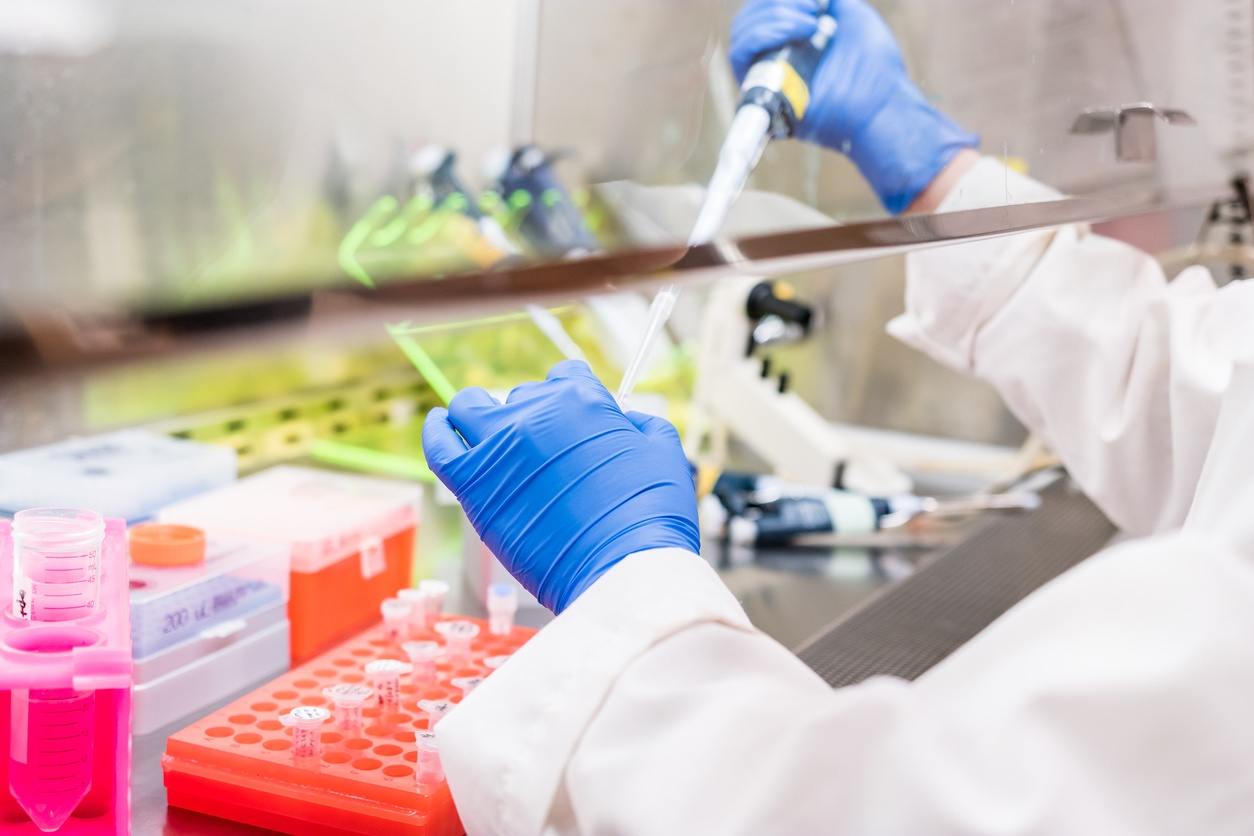
The United States Pharmacopeial Convention’s Chapter 800 (USP 800) provides guidance for personnel handling of hazardous drugs; it was published in February of 2016, and will become effective in the next two years. Before USP 800, guidelines for compounding preparations differentiated between sterile and non-sterile preparations (USP 797 and 795), but didn’t distinguish between hazardous and non-hazardous drugs.
USP 800, titled “Hazardous Drugs – Handling in Healthcare Settings”, provides recommendations for hazardous drugs, such as chemotherapy medications, and has several implications for space planning in pharmacies.
The biggest change for compounding pharmacies is the move from positive pressurization to negative pressurization. Creating a space that is negatively pressurized means dedicated exhaust duct work to the outside. Much planning will have to take place to minimize the routing of exhaust equipment.
While new pharmacies will clearly need to be well-planned before construction, existing pharmacies will have bigger challenges to meet the new standards. For example, the new guidelines require that hazardous drugs be unpacked, stored, and prepared in separate areas. Let’s take a closer look at these three considerations.
Space Considerations for USP 800
-
1. Unpacking spaces
Currently, many pharmacies use the general pharmacy space to unpack hazardous drugs. Under the new standards, this practice will have to be discontinued, and pharmacies will need to unpack hazardous drugs in a negatively pressurized space relative to other areas in the pharmacy, or unpack them in a neutral space where they cannot affect adjacent areas.
2. Preparation/compounding spaces
Previous to USP 800, sterile hazardous drug preparation and sterile non-hazardous drug preparation could occur in the same buffer room. Now, sterile hazardous drugs will need to be prepared in a separate sterile room that is externally ventilated, negatively pressurized, and surrounded by a positively pressurized area, or an ISO Class 7 anteroom. This increases the space demands on existing pharmacies to quite an extent.
3. Storage spaces
The biggest impact in terms of storage will be on pharmacies that prepare several different types of drugs. Hazardous drugs that require manipulation must be stored separately from non-hazardous drugs. The storage space must be a negative-pressure, externally ventilated room, with a minimum of 12 air changes per hour. In addition, non-sterile hazardous drugs cannot be stored in the sterile buffer room.
Moving toward compliance
New policies and procedures regarding the handling of hazardous drugs, personal protective equipment, and spill control will be required in pharmacy departments across the United States. Pocket Nurse has several new solutions for pharm tech programs to educate students on USP 800. Subscribe to our email list to stay up-to-date on the latest news, product releases, and trade show information!
Source: Unpacking USP 800, Healthcare Design Magazine






